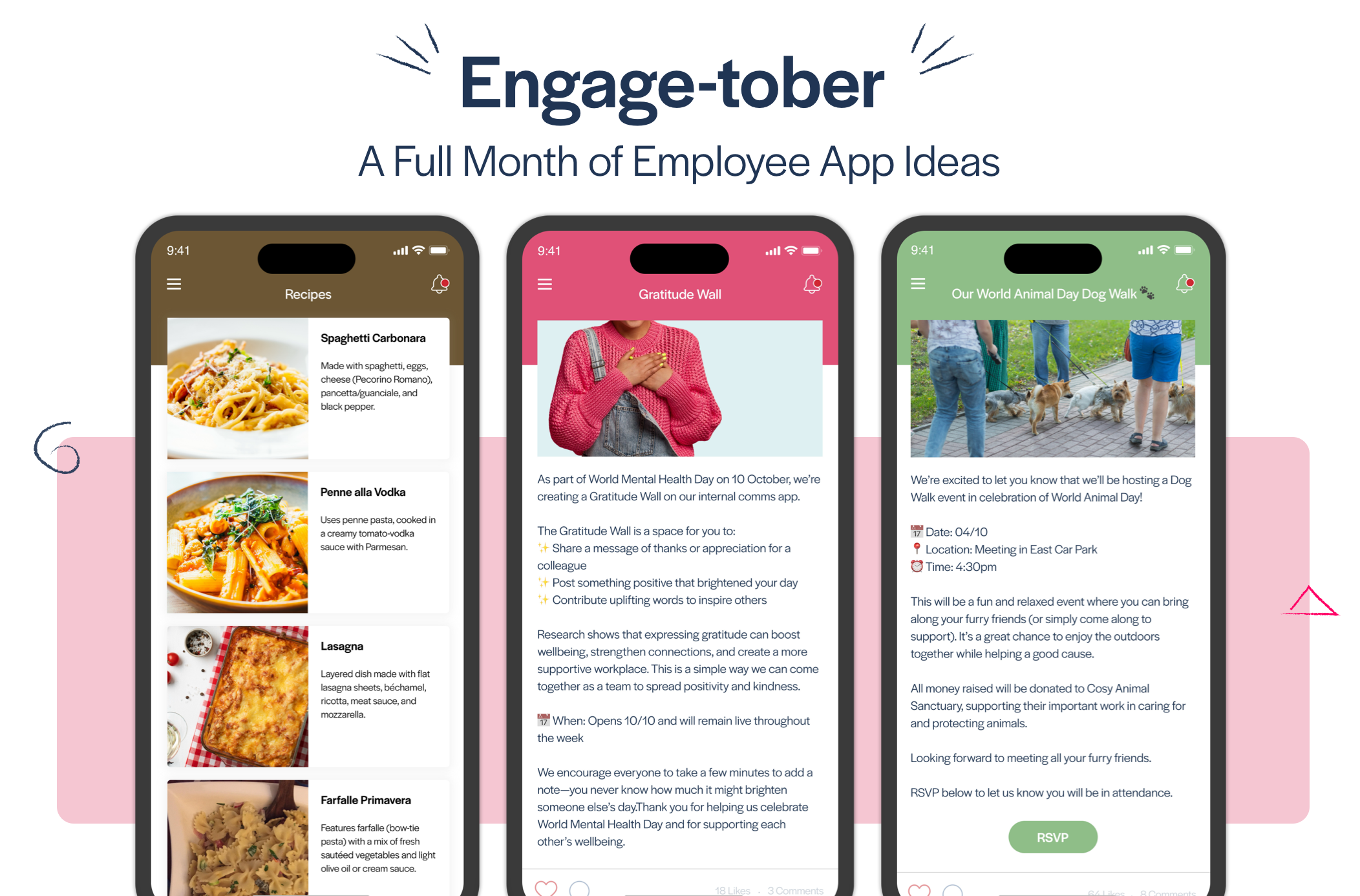
Blog
Who's Reading Your Organisation's Printed Newsletter Magazines.
Here's an alternative way to reach your employees and ensure they are interested.

The demise of all things printed — from books to newspapers to magazines — has been predicted for years. Although there’s a lot to be said for the guilty pleasure of downtime with a glossy magazine or the cliché of a summer read on the beach, one area where printed materials have less impact than ever is the staff magazine.
There was a time when these magazines were the corporate channel of choice: They were more visually appealing than a basic newsletter, made all the organisational news of the given period (monthly, quarterly, etc.) available in one convenient and portable place, and could even be mailed to employees’ homes.
But these days, when few people read their news in print anymore (half of adults in the UK and a full two-thirds of Americans consume news on social media), it just doesn’t make sense that corporate magazines and the news they share be in print form.
For maximum reach, company news and other communications should be available where your employees already are: on their mobile devices. Nearly one quarter of internal communications teams report not using any print at all to communicate with employees, due to a growing emphasis on digital.
Here are a few reasons organisations have ditched print for digital.
Lead Time and Production Timelines: The best-case production time for a magazine is 2-3 weeks. This time frame doesn’t take into account content calendar planning and management, content creation, layouts, and so on, all of which must be completed before shipping it off to the printer.
By the time your magazine is printed, bound, shipped, and received, your content — which may have been created a month or longer before — is old news.
Excessive Overhead: Consider the headcount required in producing a well-done magazine. You need talented writers, editors, photographers, and graphics designers, to name a few. And while some or all of these can be outsourced, along with the printing and distribution, you’ll still need people to manage and oversee the process.
Environmental Cost: There’s a lot of debate over which is worse — the deforestation required to produce paper products, or the e-waste from our devices. However, given the fact that employees already spend their days on their devices, there’s just no need to use paper to reach them.
The Alternative: An Employee Communications App
Employee communications apps are the modern alternative to employee magazines. Here are five reasons why apps offered by providers like Thrive (that specialise in employee communications technology tools and trends) can help you communicate better with your staff and even move the needle on employee engagement.
#1: Content is always current
Content can be pushed out around the clock and updated in real-time. This is ideal for everything from urgent corporate bulletins to letting team members know there are leftover donuts in the break room.
#2: Content is personalised
Instead of an article targeted to your employee population as a whole, the content in an employee communications app can be targeted based on role, location, preferences, and more. Plus, employees can have a hand in generating and publishing content that’s relevant to them and their work.
#3: It has a built-in feedback loop
With a printed magazine, you have zero insight into whether or not somebody likes a piece of content, or disagrees with the message. With an employee communications app, you instantly see comments, shares, and other in-app reactions.
#4: Its performance is trackable
Similarly, with print, you don’t actually know if the magazine is being read (and if so, which articles are the most read) or tossed in the bin. Employee communications tools come with tracking and analytics functionalities, so you can get a handle on engagement and have learnings that will inform your strategy.
#5: It shows you’re innovative
Corporate culture is mirroring consumer culture more and more, internal communications strategies and tactics included. An app that feels less corporate, is more employee-centric and is full of multimedia content, is a channel that has a better chance of getting your team members’ attention.
Next Steps…
Ready to learn more about how through branding, content management and other features, you can take your internal comms from staid to stellar with an employee communications app?









